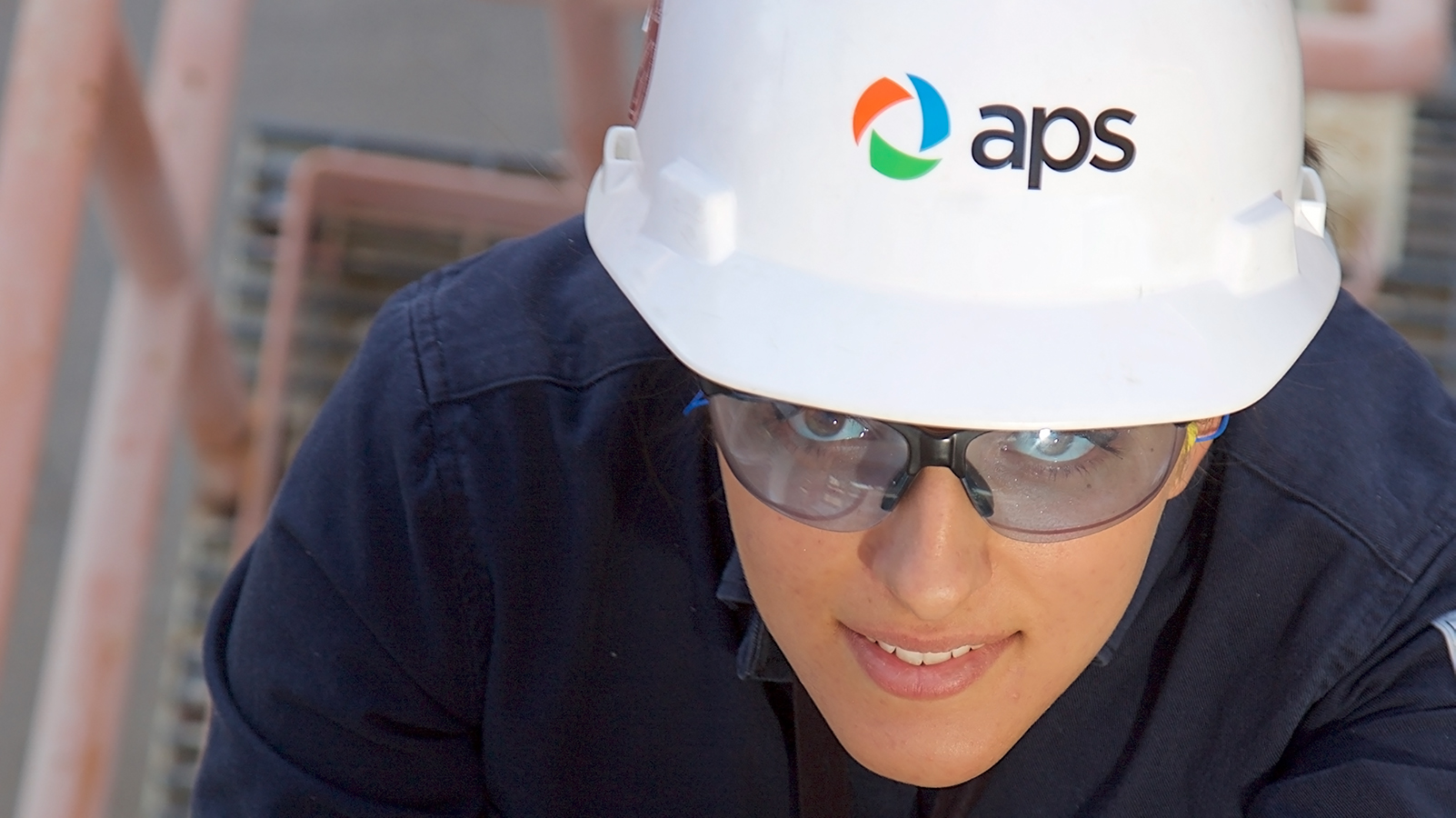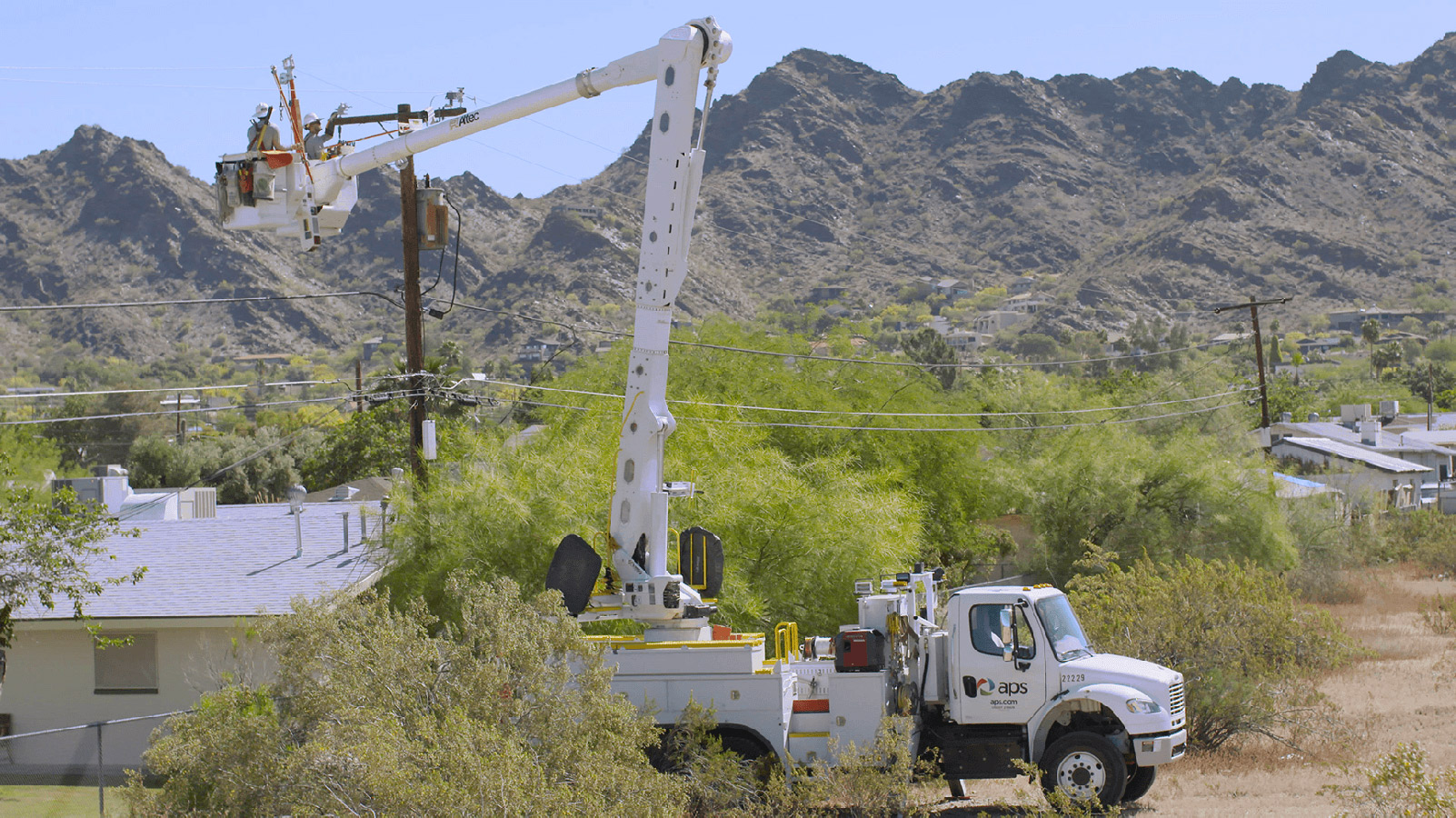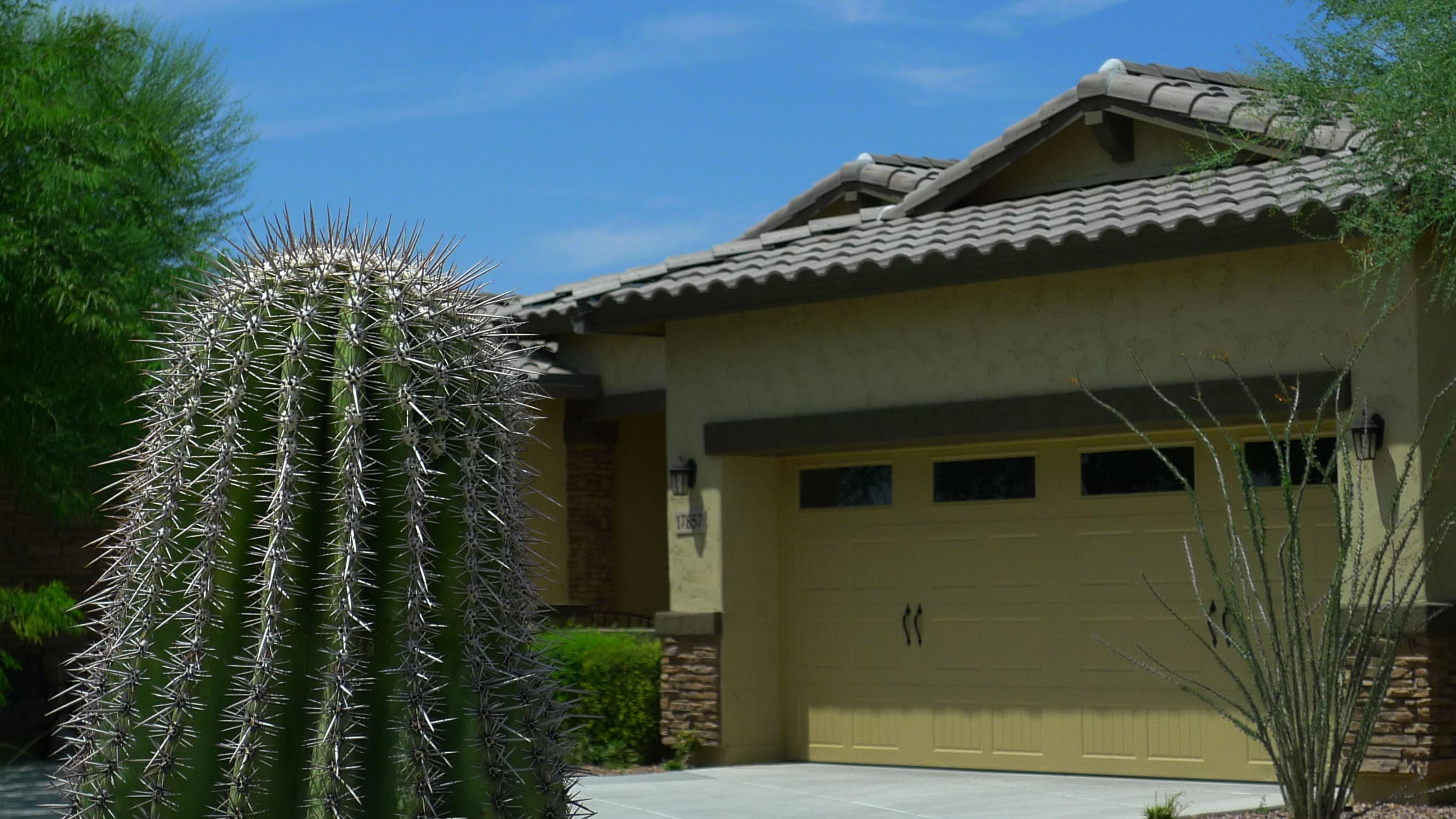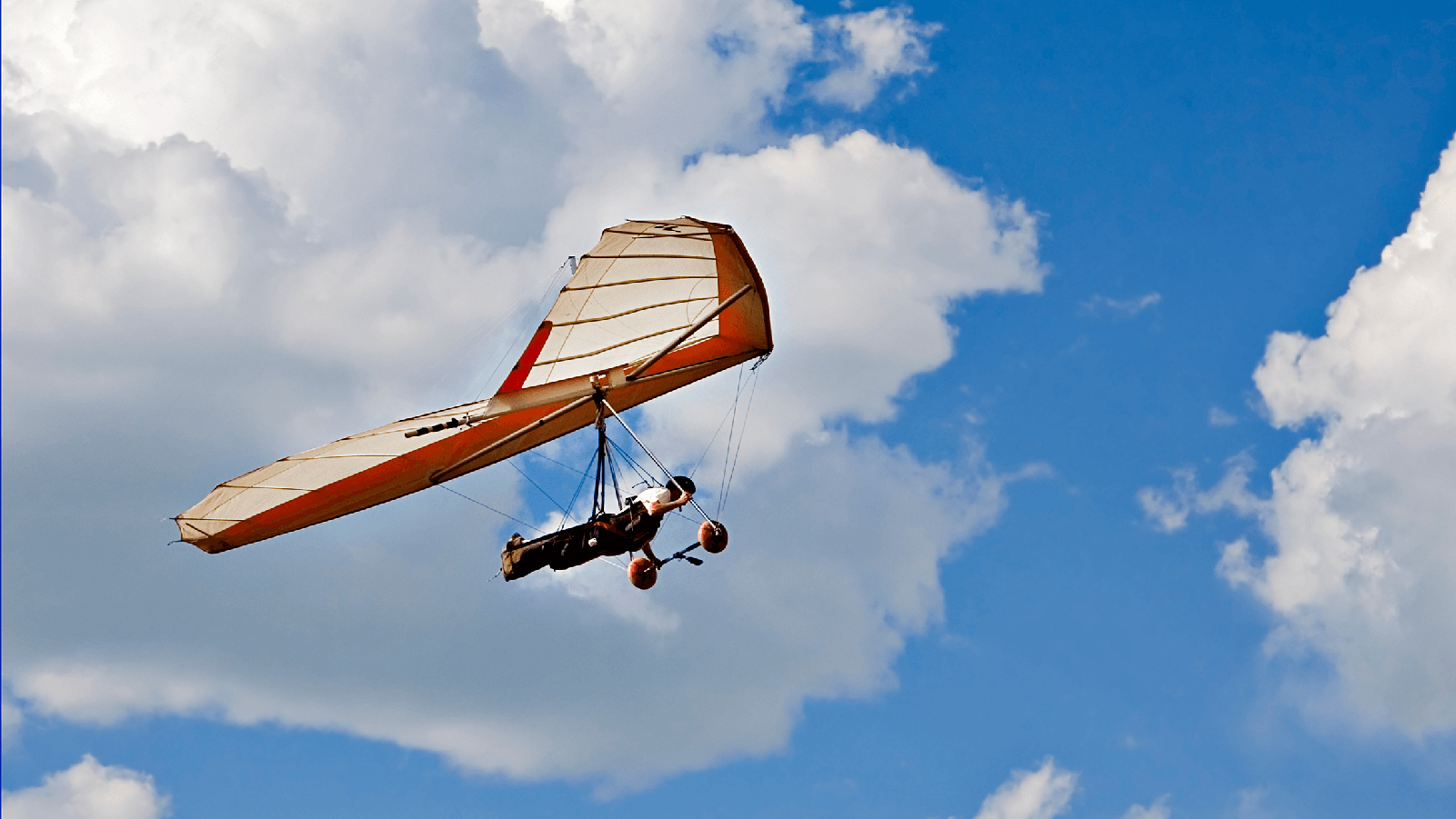Header
Our Commitment to Safety

aps
How to be Safe Around Energy
Safety around energy needs to be a prime concern. Here are some things to keep in mind.
Appliances
Electric Cords
Rugs and Furniture
Wall Outlets
GFCI
Be Prepared

Don't Fall Victim to a Utility Scam
Electricity Theft
When someone steals electricity, it can increase rates for everyone and cause grid instability that can lead to power outages and service interruptions for others. Not to mention that tampering with meters and other utility equipment can cause shock or electrocution. Children are especially at risk if meters, meter sockets or wiring is exposed. Damaged meters and wiring can also cause fire or explosions, too. So reporting electricity theft helps everyone.
Report Suspicious Activity
If you see something, say something. An unusual wire near a meter panel. Out-of-place wires at overhead service lines. A missing meter at a location where there is electricity. Or unusual activity or tampering around meters. All are pretty good indications that something’s not right.
If you suspect electricity theft, you can report energy theft online or call us at 602-371-7248.


Clear Path for Repair Crews
It’s difficult to maintain transformers and electrical equipment if we can’t get to it. Especially when time is of the essence during a power outage. Trimming your vines, shrubs and trees helps keep vegetation from becoming overgrown and in the way.
Safety Facts
If you’re planning on using a generator, make sure to read the operating manual carefully.
Keep the generator outside in a well-ventilated area so the exhaust doesn’t come into your facility. Plug items that you want powered by the generator directly into the outlets on the generator. If you use extension cords make sure they are adequately sized. Turn off all equipment before starting the portable generator, then turn on the items one at a time.
If a generator is connected to your building’s wiring system, back-feed can occur. What does that mean? A potentially fatal shock hazard to anyone working on our electrical system. Should that happen, your generator is likely to be severely damaged or destroyed after we have restored power.
If it is absolutely necessary to connect the generator to your building’s wiring system, ensure that a “break-before-make” transfer switch is installed.
This switch will connect the wiring system to either the generator or our system, but never both at the same time. A transfer switch should only be installed by a licensed electrician and requires an electrical permit and electrical inspection.
If you install a generating source to power your building’s wiring system and do not also install a transfer switch, we have specific interconnection requirements that you must follow. Please email us at commercial-renewables@aps.com for details.
Power connects to your home through your circuit breaker box or fuse box. Inside the box, a service panel contains fuses or circuit breakers that stop power to specific circuits in case of a short circuit or overload. If there is a short circuit or overload in your home and a circuit breaker of a fuse trips, follow these steps:
1. Unplug appliances on that circuit.
2. Switch off power at the main switch.
3. Replace the fuse that has a broken metal strip with a new fuse of the same rating.
4. If you have circuit breakers, locate the one that is tripped and switch it to the “off” position, and then to the “on” position.
5. Try to determine the cause of the problem.
6. Restore power. Never put a penny or metal foil in a fuse box to replace a fuse. You could start a fire. Most service panels have a “master” or “main” switch. Use it to cut all power when changing a fuse (or in the case of a fire) to prevent electrical shock. If you don’t have a main switch, turn off all circuit breakers. Do not tamper with your electric meter. Doing so will risk shock, explosion and fire.
Only specially trained line clearing professionals should prune vegetation growing on or near overhead power lines. Call us if you notice a tree too close to our power lines. We’ll send a forestry representative to assess the situation within 10 business days. We prune or remove trees that are growing into high-voltage electrical distribution and transmission lines along streets, alleys or easements.
Pruning is your responsibility, however, when tree branches become tangled in the power line connecting to your house. But if you give us 24 hours advance notice, we’ll disconnect the power for you while your hired professional prunes the tree.
There’s a lot you can do yourself before a fire ever breaks out. The first thing is to create a defensible perimeter around your house, clearing leaves, pine needles and other flammables from within at least 30 feet of your house. Surrounding tall, dry grasses can act as a path for fire to your house, too. So make sure to remove them from surrounding property.
Thin trees and prune bushes within 125 feet of your home and eliminate branches that overhang the roof. Other tree branches should be pruned at least six to 10 feet up from the ground. Make sure your roof and gutters are clean to prevent flying embers from igniting debris.
If you have gas-powered lawn equipment, keep refueling or maintenance away from dry, flammable grasses. And always check garden hoses to make sure they’re in proper working order and don’t leak.
When using a plug or extension cord equipped with three prongs, the third prong connects inside the outlet to a ground wire, which in turn connects with a water pipe or ground rod located near the electrical service panel. As a result, any short circuit in the tool or device attached to the plug should cause energy to flow directly to the ground rather than through you.
Ground Fault Circuit Interrupters (GFCI for short) are found in some outlets and electrical service panels. They monitor the flow of energy to and from appliances.
If there’s an imbalance in that flow, energy may be able to travel to ground through you, and the GFCI will quickly cut power to prevent this from happening.
GFCIs are required in newer homes in “wet” areas such as in bathrooms, garages, near kitchen sinks and outdoors. They are also required on some basement outlets. A GFCI can also be added as temporary plug-in GFCI adapter or installed by an electrician as replacement outlet.
If your outlets don’t have GFCI test and reset buttons, check your electric service panel. You may have some ground fault-protected circuit breakers.
GFCIs should be tested monthly. Simply plug in an electrical appliance (such as a fan or hair dryer), turn it on and depress the “test” button located on the outlet. The appliance should immediately turn off. To reset the GFCI for that location, turn off and unplug the electrical appliance, and then depress the “reset” button.
For starters, it’s always a good idea not to climb on, walk on or clean roof-mounted solar panels since serious slipping and tripping hazards exist. Contact your solar provider to have your system maintained or you panels cleaned.
Do not tamper with any wiring from the solar panels back to the service entrance section. If you suspect an issue, let us or your solar provider know right away.
In the event an electrical fire originating at the solar panels occurs, call 911 immediately. Do not attempt to put out the fire with water. This could result in serious injury or death.
To aid first responders, ensure their crews have 24/7 access to the utility disconnect switch. The utility disconnect switch with the switch handle opened will prevent the solar system from back-feeding our equipment. Do not remove the provided padlock for any reason. If you or your solar system provider requires maintenance in which the utility disconnect switch door needs to be unlocked, contact us.
Opening the utility disconnect switch will not stop the solar panels from generating electricity. Solar panels generate electricity anytime the sun is shining, even during overcast days. The switch is not a dead front when the switch door is open and electrical shock hazards exist.
Solar panels, when on fire, pose serious health risks to you from the toxic fumes released. Make sure you and others stay upwind of the smoke whenever possible.
Never paint over any of the required APS equipment labeling. These labels aid our crews and first responders in isolating the solar system should an issue or emergency occur.
If a battery backup system is installed, ensure all devices (utility disconnect switch, inverter, battery disconnect, and AC critical load disconnect) have access at all times, every day of the week. Battery banks installed as part of a backup system can present toxic inhalation and explosive hazards when on fire. You should not attempt to extinguish a battery fire with water.
Be Safe Wherever you Go
Electrical safety isn’t limited to your home or office. So whether you’re taking your dog for a walk or out running routine errands, make sure you’re careful around energy if something looks unsafe.

Stay Safe
Learn more about the Arizona Safety Laws:
The A.R.S. 40-360.42 & 40-360.43

Recreational Enthusiasts be Careful Out There

Managing the Risk of Wildfire
Safety Facts
Natural disasters are not uncommon in Arizona. Summer monsoons, flash flooding and winter storms can play havoc on electrical equipment. Don’t let energy make a disaster even worse.
Strong storms can result in damage to structures, including our overhead lines. Stay a safe distance from structures and power poles following a significant storm in areas where other obvious structural damage is evident. Always assume that downed power lines are live and remain 100 feet or more away.
Stay away from the flooded area, especially in locations where our system is located underground. Portions of the system may energize automatically, even when flooded.
Stay away from overhead power lines when in watercraft. The height of the flooded area may raise you to an unsafe level beneath power lines.
Snow and ice accumulations on overhead power lines can cause the lines to fail and fall to the ground. Do not park or camp under overhead power lines.
Energy in the yard and neighborhood can be dangerous if you’re not careful when you’re near it. Here are a couple of watch outs and tips to help keep you safe.
Make sure you know the location of buried electrical lines in your yard. Always make sure to call 811 before you dig.
Contact your local electric utility before you trim or cut down tree that are near overhead power lines.
Keep metallic balloons indoors. They are highly conductive. Dispose of them properly in the trash and never release balloons near overhead power lines. Watch this video see what happens when metallic balloons touch a power line.
Learn what “danger high voltage” signs look like, and stay away from power lines, substations and pad-mounted electrical equipment.
Look up before skimming your pool or flying a kite. Make sure there are no power lines nearby.
Birds can sit on a power line and not get shocked because they are not touching the ground or any other grounded object. But if you or the metal ladder or antenna you’re holding touches the same line, you’ll become electricity’s instant path to ground and risk a potentially fatal injury.
Overhead power lines are typically not insulated and are located high off the ground for safety reasons. Underground power lines, while well insulated, can be easily damaged by a shovel or pick and create a shock or flash hazard.
Whenever electricity flows through a wire, it creates both electric and magnetic fields. Electric and magnetic fields (EMFs) are part of our everyday environment. High and low voltage power lines, home electrical wiring, electrical appliances, cooling and heating systems and power tools can all create EMFs.
The World Health Organization and other governmental organizations have conducted unbiased research into the possible health effects of EMFs. According to the large amount of data recovered, there are no confirmed health risks caused by exposure to low-level EMFs.
Exposure levels vary considerably based on the model of appliance, distance from it and its use. For example, a hair dryer’s “high” setting produces a stronger magnetic field than its “low” setting. And magnetic fields surrounding everyday appliances can be stronger than fields near power lines, depending on distance from the source.
Review these charts of typical magnetic field strengths. We design and build our equipment to meet or exceed national safety standards. For more information, check out the resources below:
World Health Organization
United States Environmental Protection Agency
S. National Institutes of Health, National Institute of Environmental Health Sciences








